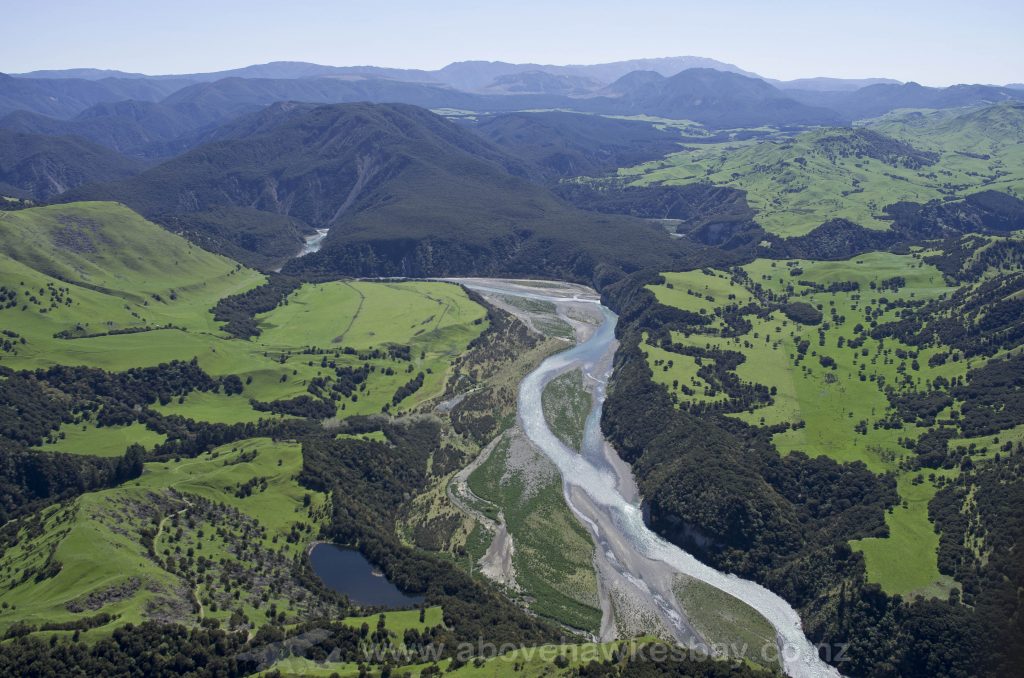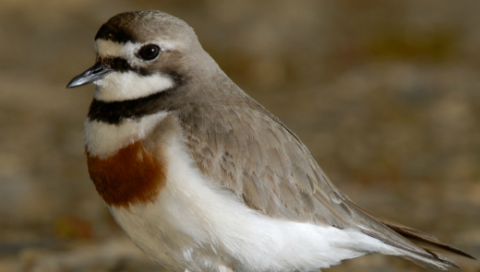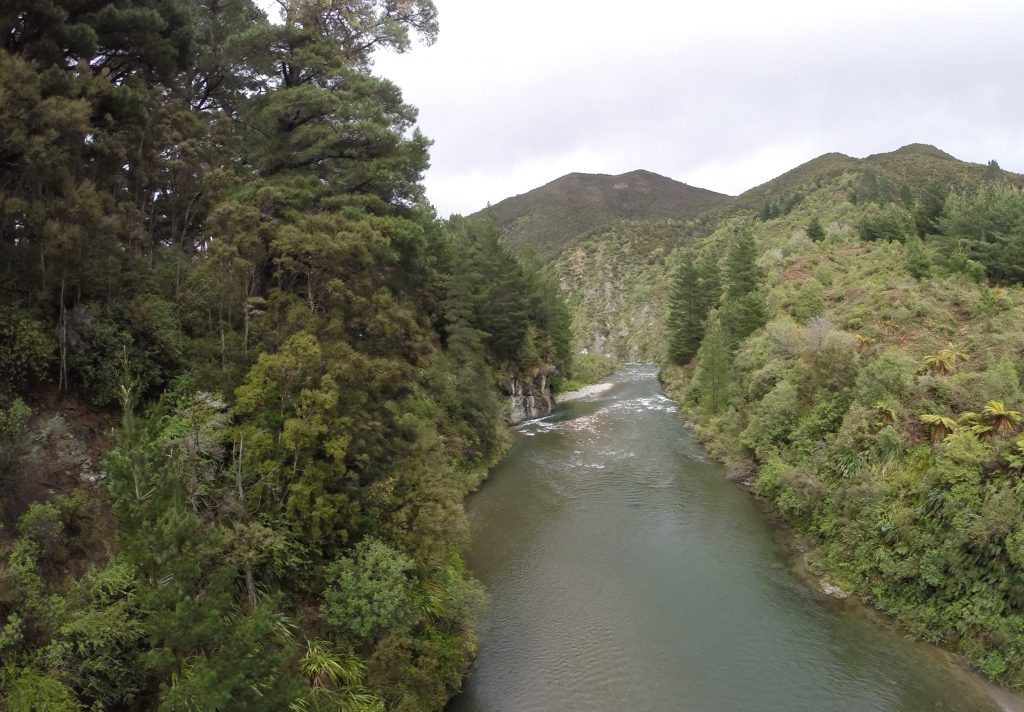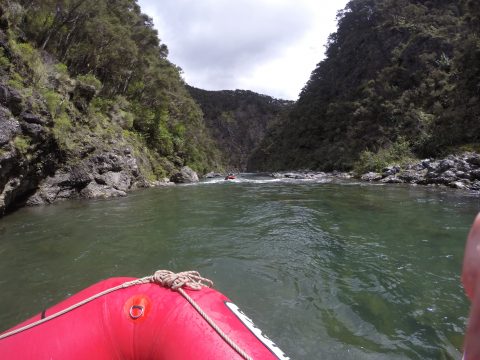Why we need to protect the Ngaruroro River
More than a year after Forest & Bird applied for a water conservation order to protect the natural values of the Ngaruroro River in Hawke’s Bay, the Minister for the Environment has appointed a special tribunal to consider the application. Amelia Geary writes about why the river is so important.
While most rivers in the North Island have a single channel, the Ngaruroro is a rare example of a braided river.

The braided channels of the Ngaruroro River (Photo by Peter Scott)
Starting high in the Kaweka and Kaimanawa Ranges, it ducks and weaves through the tussock dominated landscape, before winding through forested valleys and the gorges of Kaweka Forest Park and breaking into lots of smaller channels on the Heretaunga Plains at Whanawhana.
But once the Ngaruroro enters the plains, there is change in the character of the catchment and river. Almost all the native vegetation on the plains has been cleared and there is extensive agricultural land use on the river’s flanks.
 Despite the intense modification of the river’s lower reaches, you will find a range of native wildlife and plants on the Ngaruroro – some threatened with extinction. It is a breeding ground for banded dotterels and black-billed gulls, which (along with 25 other species) share the conservation status of “threatened” meaning they are at risk of extinction.
Despite the intense modification of the river’s lower reaches, you will find a range of native wildlife and plants on the Ngaruroro – some threatened with extinction. It is a breeding ground for banded dotterels and black-billed gulls, which (along with 25 other species) share the conservation status of “threatened” meaning they are at risk of extinction.
It is also home to braided river birds that rely on this habitat for food and shelter, including New Zealand pipits, bitterns, Caspian terns, grey ducks, pied stilts, and red-billed gulls.
Beneath the surface, you will find 21 freshwater fish – 11 of which are endemic, meaning they are found only in New Zealand.
To protect this special place, we have joined with Fish & Game, Whitewater New Zealand, Jet Boating New Zealand, and Ngāti Horiki Kohupātiki to seek a Water Conservation Order (WCO), launching a fundraising appeal to help pay for expert witnesses to support the WCO.
A WCO would give the river the equivalent of national park status and will ensure the river and its outstanding natural values are protected for future generations. Forest & Bird is particularly focused on the lower reaches of the river, from Whanawhana to Fernhill. This 50km long braided reach is the longest and least modified example of braided river remaining in the North Island and contributes significantly to New Zealand’s braided river habitat (which is only 3 to 5% of the national total).


Braided rivers are valuable ecologically because of the variety of aquatic habitats they support across a range of water depths, flow regimes, and channel structures. Yet across New Zealand, they are disappearing as a result of dams, water takes, river engineering, encroachment of farmland, and invasive weeds.
The importance of the diversity of habitats provided by the braided reach of the Ngaruroro is reflected in the diversity of fish species present. Sixty percent of the species present in this reach are considered ‘at risk – declining’, including New Zealand’s unique torrentfish a distant relative of the blue cod, a marine fish. The torrentfish is specially adapted to life in shallow, fast-flowing riffles and rapids and is one of only two of New Zealand’s freshwater fish with marine origins.
The Minister for the Environment has finally appointed a special tribunal to consider our joint application to protect the outstanding values of the Ngaruroro River. Water Conservation Orders are set up to recognise and sustain waters considered to be outstanding as a habitat or fishery, or for scenic, scientific or recreational values. Once made, a WCO is able to restrict resource use to protect these outstanding values. The next step is for the tribunal to publically notify the application and make a call for submissions.
